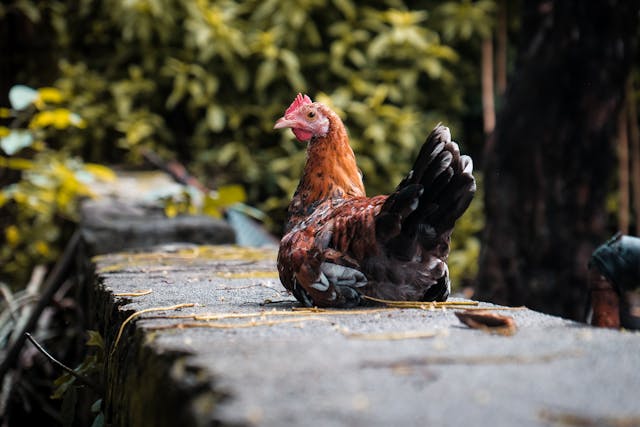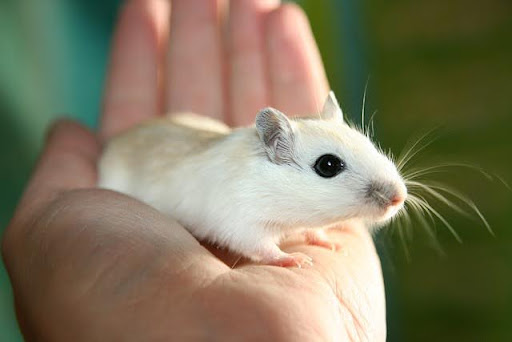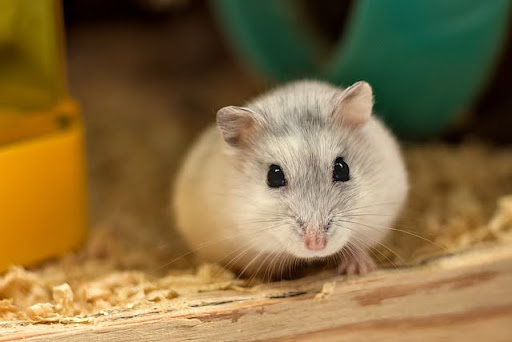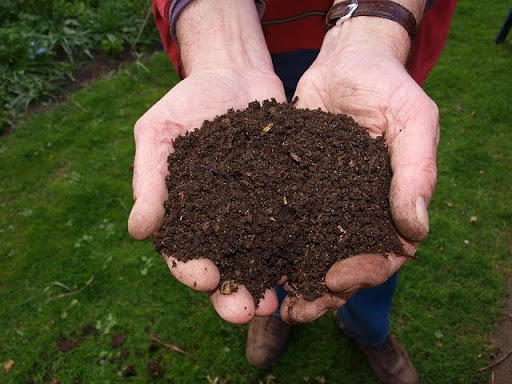In the world of poultry farming, there exists a particularly troublesome parasite: lice. These tiny parasites insidiously spread within our beloved chickens’ coops, weakening them day by day.
Some types of bedding are believed to have the ability to repel lice and improve the living conditions of chickens.
But is it really true? Is it possible to find bedding that has a genuine anti-lice repellent action? Find out in this article!

Lice in Chickens : An Unbearable Plague !
Chicken lice not only bite and suck the blood of birds but also transmit diseases, weakening the chickens’ immune systems and potentially leading to death from exhaustion if the infestation is not treated promptly. ⌚
Their ability to reproduce rapidly and their resistance to many treatments make them difficult to exterminate. Moreover, these treatments are costly, cumbersome to administer, and sometimes ineffective in the long term.
Lice introduce stress to your animals, causing even the best layers to lay eggs less frequently.
How to Recognize the Presence of Lice in the Chicken Coop ?
The cracks in the wood of the chicken coop provide perfect hiding places for chicken lice, making them difficult to spot with the naked eye during your routine egg collection.
The most obvious way to recognize them is through symptoms. Altered behavior should alert you. The presence of lice naturally manifests through constant itching.
Your chickens will scratch themselves frequently, sometimes compulsively. They will lose their appetite due to discomfort caused by lice and constant itching. The numerous bites will ultimately cause anemia and weaken your chickens. Feathers will deteriorate due to the resulting itching. The productivity of the flock will be affected, potentially leading to financial loss for breeders.
The Two Species of Lice That Can Threaten Your Chickens ✌
There are two types of lice that can attack your dear hens:
1. Biting Lice (Mallophages)
These are tiny, wingless insects that feed on skin debris, feathers, and dried blood. Quite a diet!
Biting lice resemble tiny grains of rice and leave behind black excrement.
They are often visible at the base of feathers, especially around the head and neck. They can be transmitted from one chicken to another through direct contact or via the environment.
2. Red Mites (Acari)
Red mites are much more dangerous for chickens than biting lice. They are responsible for anemia.
Red mites are usually active at night and hide in the cracks and crevices of the chicken coop during the day.
They are transmitted in the same way as biting lice.
Focus on inspecting perches and corners of your chicken coops if you’re searching for them.
Red mites resemble small red or gray dots. They thrive in damp and dirty environments… Hence the importance of carefully choosing your chicken bedding.
Which Bedding to Choose to Avoid Lice Infestation in Your Chickens?
The main criterion to prevent red mite infestations is the absorbent power of the bedding.
Using absorbent bedding helps maintain a decent moisture level inside the coop. The opposite would provide optimal conditions for red mites.
Although there is currently no scientific evidence to confirm that any specific bedding can repel a red mite invasion, some consumer testimonials, whether from individuals or breeders, lean towards certain beddings that reportedly show good results in reducing attacks.
🐔 Here are 3:
● Diatomaceous Earth
Diatomaceous earth is a natural powder made from fossilized remains of microscopic algae. It is known for its absorbent properties and drying effects on parasites (like red mites).
● Miscanthus Straw
Miscanthus straw is an ecological and absorbent alternative. It creates a dry and comfortable environment for chickens. Its fibrous structure helps absorb moisture, which is essential for maintaining an unfavorable habitat for mites.
● Hemp Bedding
Hemp bedding is known for its high absorption capacity and resistance to moisture. It creates a dry and comfortable mattress for chickens.
Aubichick bedding also boasts being more than 99% dust-free, thus reducing the risk of allergies.
Interested in learning more about hemp bedding?
Let’s talk a bit more about it HERE
4 Additional Tips to Combat Red Mites
Maintain good ventilation in the chicken coop.Create a dust bath with ash, sand, or dead leaves so your chickens can relax and rid themselves of parasites.Regularly inspect your chickens for mites. Early detection limits their spread.Isolate any newly acquired chickens for two weeks. New chickens can carry mites and should not be immediately introduced to the rest of your flock.




